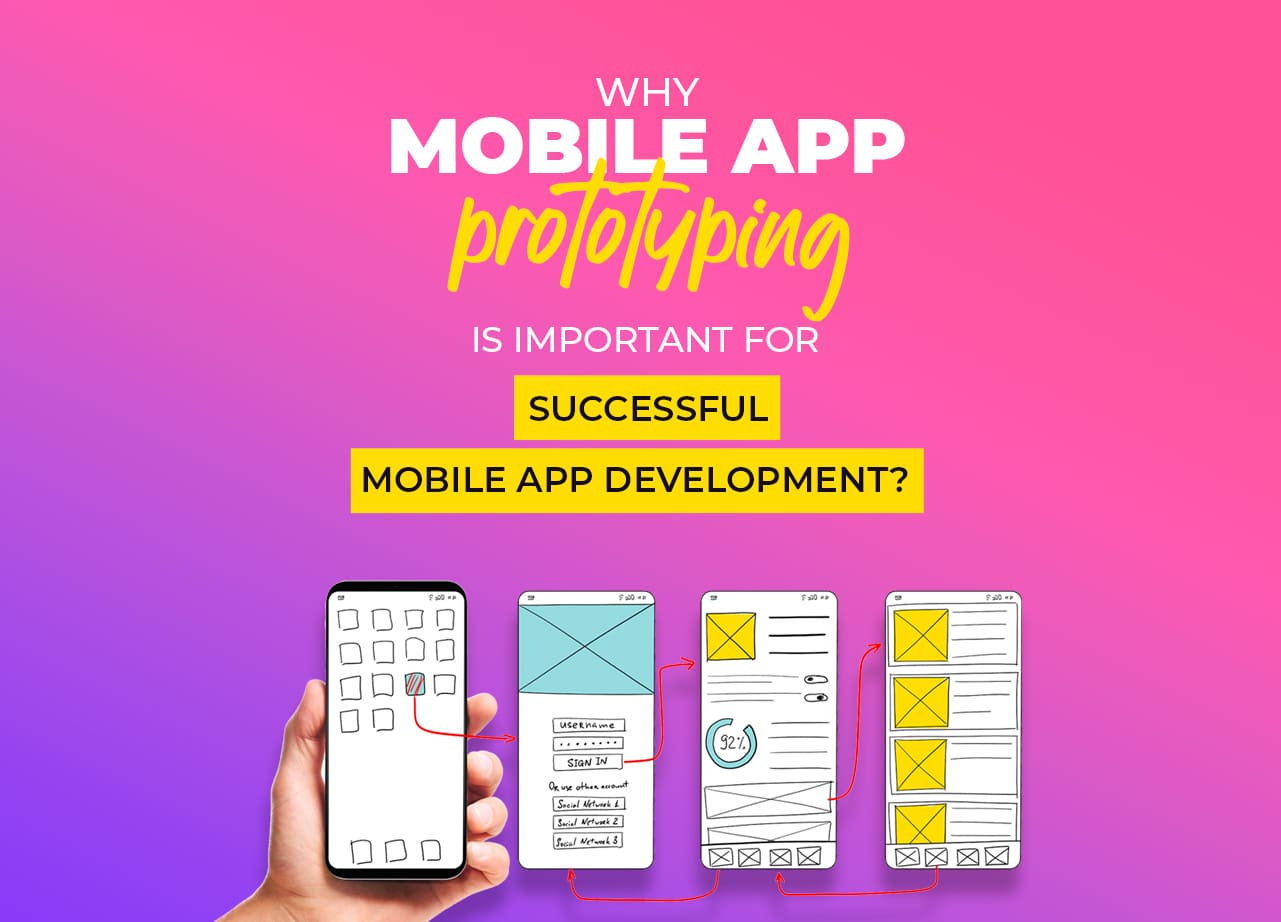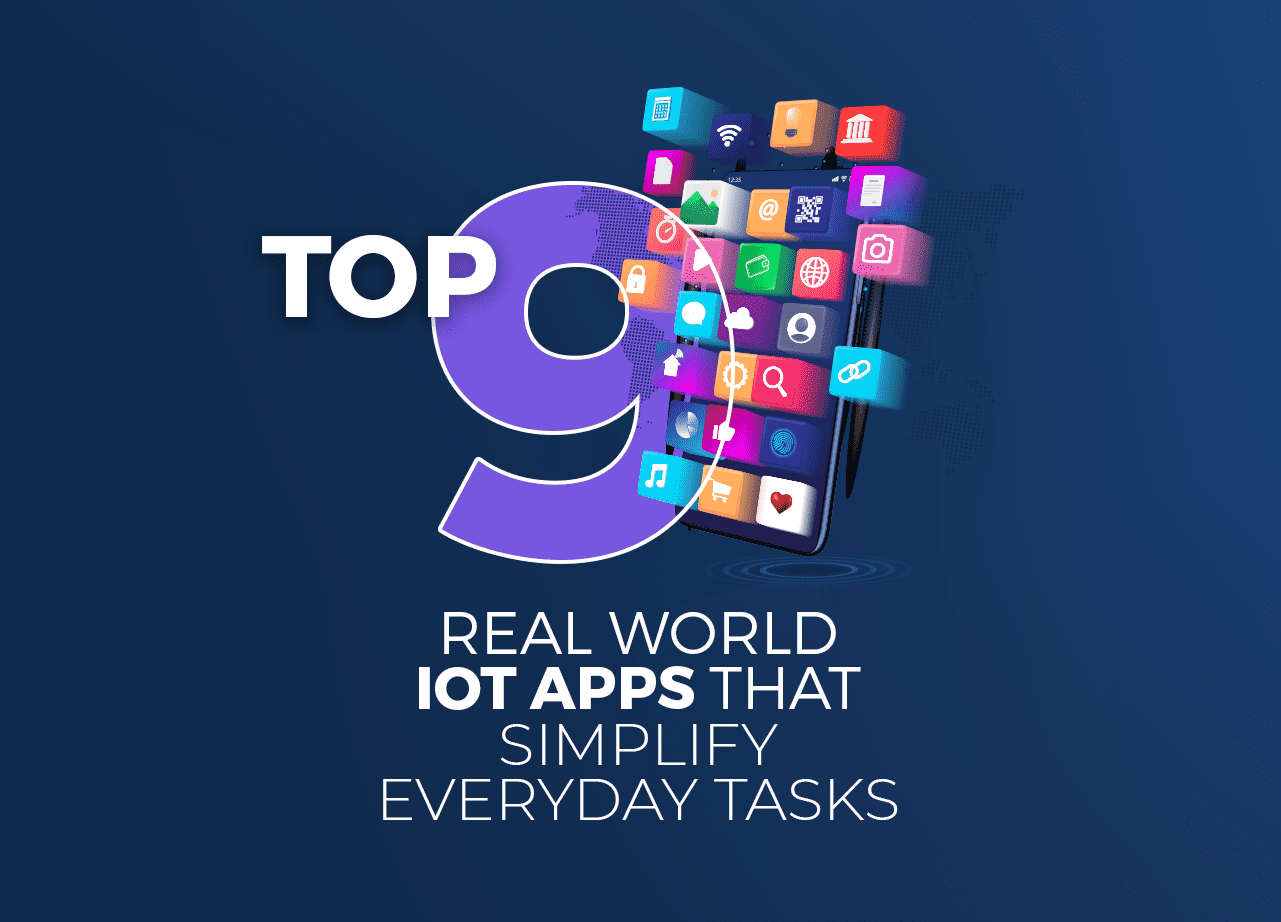In a world where smartphones have become an inseparable part of our daily lives, it’s undeniable that mobile apps wield tremendous power.
With the mobile app industry projected to generate a colossal $935 billion in revenue by 2023, it’s no wonder that you’re considering a mobile app as a game-changing addition to your business plan.
You’re on the right path to success. But here’s the crucial question: Are you truly ready for this incredible opportunity? Have you meticulously thought through every aspect?
Given the massive potential and fierce competition, crafting a solid app development project plan is absolutely essential. It’s the blueprint that will guide you toward triumph in this ever-evolving landscape. By partnering with a top-notch custom mobile app development company, you can transform your dreams into a tangible, revenue-generating reality.
Imagine the impact your app could have on your business. Picture the convenience it could provide to your customers, the new horizons it could open, and the incredible growth it could unlock. The demand for mobile apps is only going to skyrocket, and you have the chance to be at the forefront of this digital revolution.
In this blog post, we will help you make a robust strategy for mobile app development that will help you reap the benefits that you are expecting from your mobile app idea.
With a well-crafted project plan for mobile app development and the right app development partner by your side, your app will captivate users, generate substantial revenue, and leave a lasting impact on your business.
So, ready to seize the moment? Let’s go
A successful mobile app development plan looks like this:
- Define the “why” behind your mobile app idea
- Visualize your app with a rough sketch
- Decide for whom the app is going to be
- Get to know about your competitors
- Define why people will use your app over others
- Determine the key features
- Plan the back-end architecture
- Choose appropriate technologies
- Prototype testing
- Consider an MVP approach
Define the “why” behind your mobile app idea
Developing an app without a clear purpose or scalability plan is likely to result in wasted resources. Your app idea should either aim to solve a problem, entertain, or add value to users’ daily lives. It is crucial to define your app’s purpose concisely, in no more than two sentences, to avoid confusion during development. By understanding the problem your app solves or the need it fulfills, you can concentrate on creating a compelling solution that resonates with your target audience and delivers a satisfying user experience.
Visualize your app with a rough sketch
Visualizing your app is an essential step for your mobile app development plan. There are various design tools available that can help you create a rough sketch. Consider using tools like Sketch, Adobe XD, or even simple pen and paper to outline the layout, user interface components, and navigation flow of your app.
Start by identifying the key screens and features your app will have. Sketch out the main screens, such as the home screen, login/sign-up screen, and any unique features you want to highlight. Keep in mind usability and intuitive design principles to ensure a seamless user experience.
Decide for whom the app is going to be
Knowing your target audience is vital to developing a successful mobile app. Understanding their demographics, interests, behaviors, and pain points will guide your design and feature decisions.
Start by creating user personas, fictional representations of your ideal users. Consider factors such as age, gender, occupation, and tech-savviness. Conduct market research, surveys, and interviews to gain insights into their needs, preferences, and motivations.
By defining your target audience, you can tailor your app’s features, design, and marketing efforts to appeal directly to the people who are most likely to benefit from and use your app.
Get to know about your competitors
Competition in the app market is fierce, so it’s crucial to research your competitors. Identify apps that offer similar features or target a similar audience to understand their strengths, weaknesses, and unique selling points.
Evaluate their user experience, design, features, pricing models, and customer reviews. Look for gaps or areas for improvement that you can capitalize on. This research will help you differentiate your app and offer a superior experience to users.
Define why people will use your app over others
To stand out from the competition, you need to clearly define your unique value proposition. Ask yourself: What makes your app special? Why would people choose to use it over other similar options?
Identify your app’s key differentiators. It could be a unique feature, a more intuitive user interface, better performance, or a specific niche audience you serve exceptionally well. Communicate these differentiators effectively in your marketing efforts to attract users and convince them to choose your app.
Determine the key features
With a clear purpose and understanding of your target audience, you can now define the features that will bring value to your users. Start by brainstorming a list of features based on the problem your app aims to solve. Then order them according to their significance and viability.
Consider features that enhance the user experience, provide utility, and align with your app’s purpose. Don’t overload your app with unnecessary features that could confuse or overwhelm users. Instead, focus on delivering a core set of features that address your users’ needs effectively.
Plan the back-end architecture
The back end of your app is where the magic happens behind the scenes. It involves the server-side components, databases, APIs, and other infrastructure that support your app’s functionality.
Consider the scalability and security requirements of your app. Determine whether you’ll need a cloud-based infrastructure, and choose the appropriate hosting and database solutions. Define the architecture and choose a suitable programming language or framework for your back-end development.
Ensure that your back end is efficient, reliable, and capable of handling potential user growth. Plan for data storage, user authentication, API integrations, and any other necessary back-end functionalities that align with your app’s purpose and features.
Choose appropriate technologies
Choosing the right technologies is crucial for the success of your mobile app. Consider factors such as the app’s purpose, target audience, scalability requirements, and development team’s expertise.
Select a suitable programming language and framework for your app’s front-end development. Consider whether you’ll develop a native app using languages like Swift (for iOS) or Kotlin (for Android), or opt for cross-platform frameworks like React Native or Flutter.
For the back end, choose a language or framework that aligns with your app’s requirements, scalability, and security needs. Consider options like Node.js, Ruby on Rails, Django, or ASP.NET. Also, determine the database technology that best suits your app, such as MySQL, PostgreSQL, MongoDB, or Firebase.
Additionally, explore available libraries, tools, and APIs that can enhance your app’s functionality and improve development efficiency.
Prototype testing
Before proceeding with full-scale development, it’s essential to test your app’s prototype. Prototyping allows you to validate your design, user flow, and functionality early on, saving time and resources in the long run.
Create a prototype of your app using tools like InVision, Figma, or Adobe XD. To get opinions and insights, conduct user testing sessions. Identify areas of improvement and refine your design based on user feedback.
Perform functional testing, ensuring that all features work as intended and there are no bugs or usability issues. Consider usability testing to assess the user experience and make necessary adjustments. Iterate on your prototype until you have a solid foundation to move forward with.
Consider an MVP approach
When developing your mobile app, it’s wise to adopt an MVP (Minimum Viable Product) approach. An MVP focuses on delivering the core functionality and features necessary to address the primary needs of your target audience.
Identify the key features that are essential for your app’s initial release. By prioritizing these features, you can develop and launch a functional version of your app more quickly. This allows you to gather user feedback, validate your assumptions, and make informed decisions for future iterations.
Remember that an MVP is not about sacrificing quality but rather about focusing on what’s most important to your users. It helps you validate your concept, test the market, and gather valuable insights before investing more resources into additional features.
Wrapping up
At Communication Crafts, we understand the transformative power of mobile apps and the immense opportunities they present for businesses. After taking you through the essential steps of a successful mobile app development plan, we invite you to exploit our expertise in custom mobile app development.
As a strategic technology partner to market leaders such as Colgate, Infosys, Wipro, Mercedes Benz, Nanosonics, Versace, and Cathay Pacific to name a few, Communication Crafts holds supremacy in digital innovation technologies.
We have been in this industry for the last 18 years and have a proven track record of developing scalable mobile apps. We understand that collaboration is key, and our process involves working closely with you to understand your vision, goals, and target audience. We strive to provide a seamless development experience, ensuring timely delivery, transparent communication, and a high level of professionalism throughout the project.
So, why wait? Your mobile app reality is just one click away!
 Blog Communication Crafts
Blog Communication Crafts





